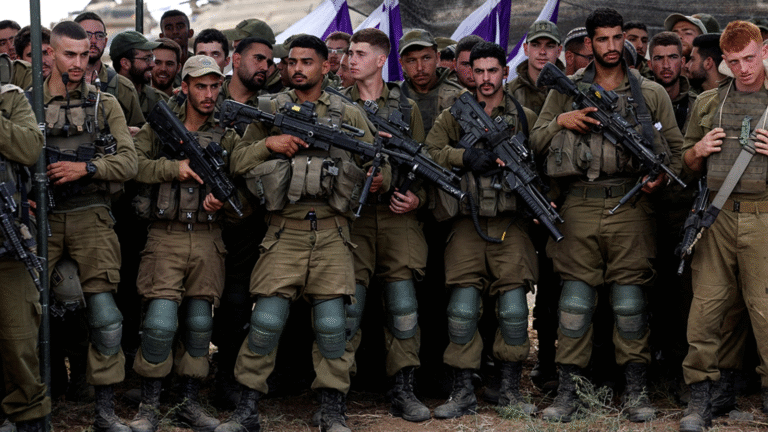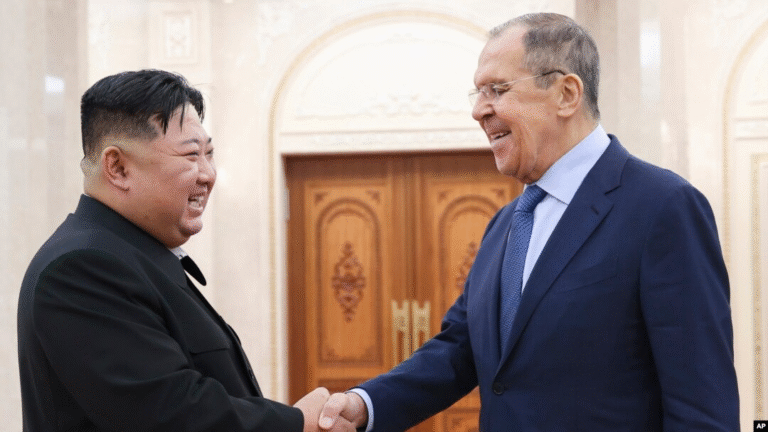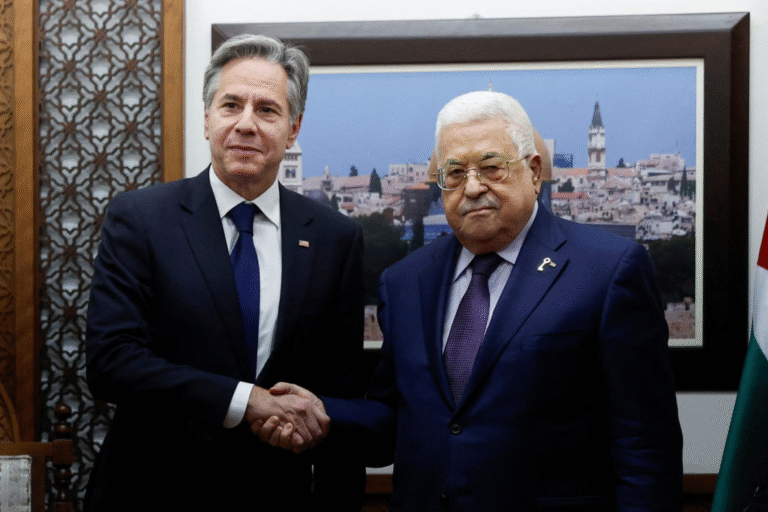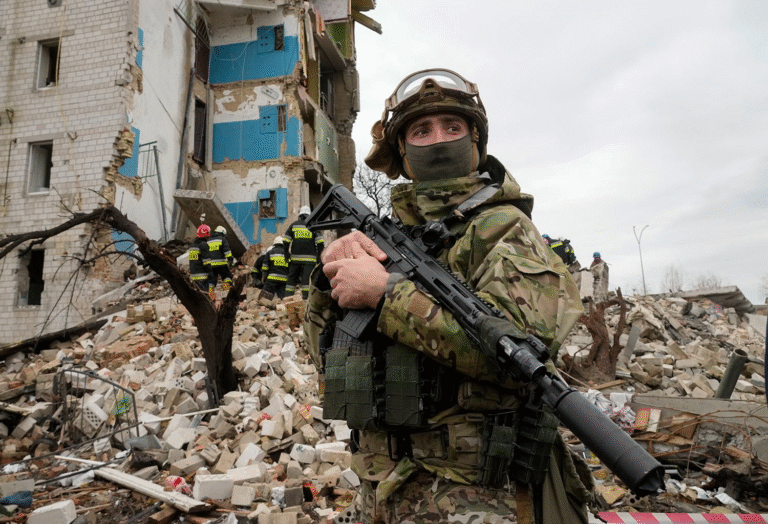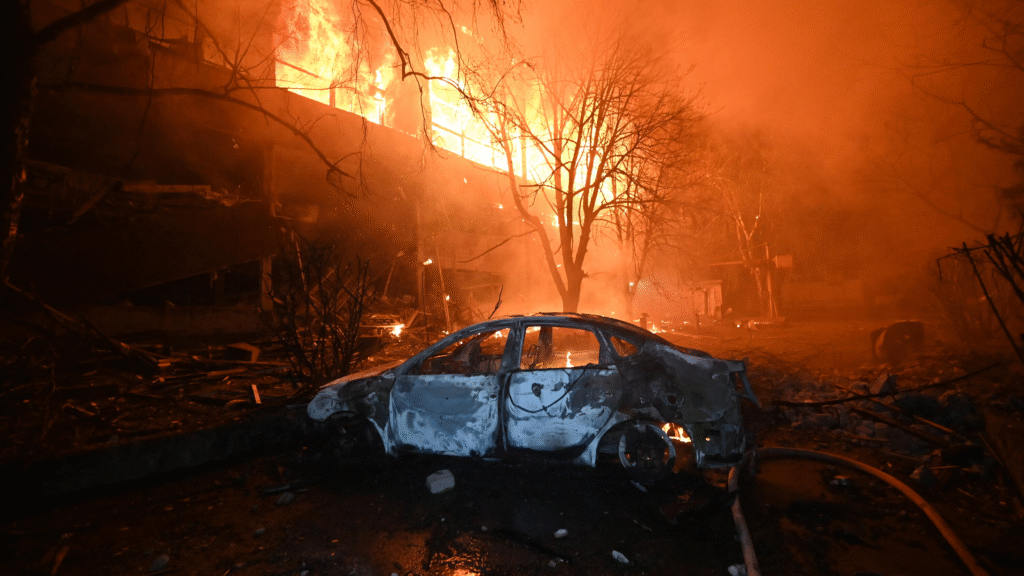
The scene early Wednesday in Kharkiv, Ukraine, after a drone strike.
Sergey Bobok/Agence France-Presse
Aydan Ibadova
The America-Eurasia Center
https://www.eurasiacenter.org/
Introduction
Before getting elected for his second term of presidency, Donald Trump has claimed on
various occasions that he would be able to stop the Russia-Ukraine war in one day. However, as the
fourth year of the Russia-Ukraine war approaches, ceasefire negotiations have been attempted with
no successful outcomes. While the bold promise might have made some hopeful, Trump’s words
appear to be distant from reality. In the midst of escalating violence and stalled ceasefire talks, one
thing has remained consistent: the continued human toll and the rising costs of the war, both on the
battlefield and on the home front. From drone strikes and missile barrages to humanitarian
exchanges of prisoners and fallen soldiers, the conflict has evolved into a multifaceted crisis with
no clear path to peace.
Ukraine’s Escalating Drone Strikes
1In recent weeks, Ukraine has utilized a wide range of drones and other systems to target
strategic military locations. A strike came on the first day of June, when Ukraine launched drones
deep into Russian territory, hitting strategic bomber bases located thousands of miles from the
frontline. While Russia has downplayed the damage, analysts have confirmed that several of
Russia’s nuclear-capable bombers were either destroyed or severely damaged after the attack. In
response to this, President Vladimir Putin made it clear that Russia would retaliate for the strikes
during a phone call with President Trump.
It is worth noting that Ukraine’s drone capabilities are not limited to these strikes. The
emergence of new drone technologies, like the Magura V7, a remotely operated sea drone equipped
to fire anti-aircraft missiles, has enhanced Ukraine’s capacity to target Russian fighter jets and
naval vessels. These drones mark a notable advancement in technology, enabling Ukraine to engage
multiple targets across air, sea, and land, which is making the conflict more asymmetric and
compelling Russia to modify its defense tactics. Although these drone systems are still in the initial
phases of use, their deployment in combat has already proven useful, like the downing of Russian
SU-30 fighter jets and MI-8 helicopters.2
Drone and Missile Strikes
On June 11, 2025, Ukraine’s second-largest city, Kharkiv, was hit by a drone attack that
resulted in three fatalities and 64 injuries, nine of whom were children. This incident was part of an
escalating series of Russian drone and missile strikes. The strike in early June ignited numerous
fires throughout the city and caused significant damage to residential areas and essential civilian
infrastructure. Ukrainian air defense forces managed to shoot down 49 out of the 85 drones that
were launched in the overnight attack. Besides Kharkiv, the regions of Donetsk and Odesa were
also struck, further amplifying the damage.3
Kyiv, the capital of Ukraine, has also experienced near-constant bombing. Residents were
unable to sleep due to the sounds of sirens, explosions, and the ongoing danger of drone assaults,
while air defense systems fought against Russian missiles. These nightly attacks physically and
mentally wear out civilians, and families are huddled in shelters, attempting to keep things normal
in the face of the mayhem. 4
Humanitarian efforts despite everything
Small but significant initiatives are being taken to solve the humanitarian issues while the
conflict continues. The repatriation of fallen soldiers from both sides has been one of the most
significant recent occurrences. The exchange of more than 6,000 bodies between Russia and
Ukraine was finalised in June 2025 as a result of an agreement reached during peace negotiations in
Istanbul.5 This positive development unfortunately has not been without issues.
Ukrainian officials accused Russia of purposely complicating the identification procedure,
stating that bodies were at times returned in severely disfigured condition, making precise
identification difficult. Despite these challenges, the International Red Cross has been monitoring
the exchange, emphasising the human cost of the war and the battle to restore the dignity of fallen
troops.6
For Ukraine, this encounter signifies a moment of reconciliation while also serving as a
reminder of the damage caused by the ongoing conflict. The cost on both the living and the
deceased serves as a disturbing symbol of the war’s devastating effects.
Trump’s Diplomacy
In addition to the humanitarian exchanges, diplomatic efforts to resolve the crisis are
ongoing. The Trump administration has been working to get all parties to agree to a cease-fire, but
the process has been long-lasting and complicated. Despite Washington’s pressure, Russia has
shown little interest in abandoning its military efforts, especially in light of Ukraine’s daring drone
assaults on Russian bomber sites. Trump has expressed frustration with both sides but remains
confident that peace can be reached.
In a call with Russian President Vladimir Putin, Trump reportedly restated his desire to
handle a peace agreement, emphasising his ability to secure a deal if given the chance. However,
his softer posture towards Putin, characterised by a reluctance to impose stronger sanctions on
Russia, has sparked criticism from both domestic and foreign commentators.7 His words and approach
to Putin contrast dramatically with his more hardline rhetoric directed at Ukraine’s leadership.
U.S. and Ukraine Mineral Deal
In addition to engaging in diplomatic solutions, the Trump administration has pushed
economic cooperation with Ukraine, including a deal involving Ukraine’s vital minerals. In June
2025, Ukraine took the first steps towards implementing the agreement by sanctioning the mining
of its substantial lithium reserves, primarily in the Dobra area. The agreement, which gives the
United States a stake in Ukraine’s mineral wealth, is viewed as a strategic step to minimise reliance
on China, which controls the majority of the global supply of such materials.8
However, exploiting these minerals continues to provide obstacles. According to industry
analysts, many initiatives may take years, if not decades, to deliver meaningful returns. The
prolonged fighting, combined with Ukraine’s ageing infrastructure, complicates the extraction
process even further. Despite these obstacles, the United States has been willing to invest, with
companies like TechMet and Ronald S. Lauder’s consortium already showing interest in the Dobra
lithium field.9
The minerals deal demonstrates both countries’ desire for mutual economic advantage, with
Ukraine attempting to strengthen its economy through international investment and the United
States aiming to secure crucial resources. However, the deal’s long-term effectiveness is doubtful,
given the war’s unpredictable nature and the political hurdles that both governments face.
Conclusion
Despite some encouraging developments, such as the repatriation of fallen soldiers and the
US-Ukraine minerals agreement, the war’s current humanitarian catastrophe and rising geopolitical
tensions make a rapid conclusion difficult. As both sides remain entrenched, the war drains
resources, damages infrastructure, and deepens divisions, making the future uncertain.
- Zolan Kanno-Youngs, et al. “Putin Intends to Respond to Ukraine Strikes on Russian Bombers, Trump Says.” The New York Times, 4 June 2025, www.nytimes.com/2025/06/04/world/europe/putin-zelensky-accusationsescalation.html. ↩︎
- Varenikova, Maria. “Ukraine Says It Has Stepped up Its Drone Game, Again.” The New York Times, 8 June 2025, www.nytimes.com/2025/06/08/world/europe/ukraine-russia-drones-weapons.html. ↩︎
- Varenikova, Maria. “Russian Drone Barrage Kills 3 in Kharkiv.” The New York Times, 11 June 2025,
www.nytimes.com/2025/06/11/world/europe/russia-ukraine-drones-attack-kharkiv.html. ↩︎ - Varenikova, Maria, and Nataliia Novosolova. “With Sirens Screeching and Explosions in the Sky, Kyiv Struggles to Sleep.” The New York Times, 10 June 2025, www.nytimes.com/2025/06/10/world/europe/russia-drone-attack-ukrainekyiv.html. ↩︎
- Jaroslav Lukiv. “Russia and Ukraine Fulfil Deal to Repatriate Dead Soldiers.” BBC, 16 June 2025.
www.bbc.com/news/articles/cgeqddw1v1do. ↩︎ - Jaroslav Lukiv. “Russia and Ukraine Fulfil Deal to Repatriate Dead Soldiers.” BBC, 16 June 2025,
www.bbc.com/news/articles/cgeqddw1v1do. ↩︎ - Fratsyvir, Anna. “Amid Moscow’s War in Ukraine, Trump Wonders Why “Everybody Hates” Russia.” The Kyiv Independent, 13 June 2025, kyivindependent.com/trump-praises-russian-wwii-role/. Accessed 24 June 2025. ↩︎
- Constant Méheut. “Ukraine Takes First Step toward Carrying out Minerals Deal with U.S.” The New York Times, 16 June 2025, www.nytimes.com/2025/06/16/world/europe/us-ukraine-minerals-deal.html. ↩︎
- Constant Méheut. “Ukraine Takes First Step toward Carrying out Minerals Deal with U.S.” The New York Times, 16 June 2025, www.nytimes.com/2025/06/16/world/europe/us-ukraine-minerals-deal.html. ↩︎
